Ruthenium FP Journe Octa Calendrier
Debuting in 2002, the Octa Calendrier marked a milestone in modern watchmaking as the first annual calendar with a retrograde date. It was also the first F.P. Journe to win at the Grand Prix d’Horlogerie de Genève, taking home the Special Jury Prize that same year. The Calendrier was the third watch in the foundational Octa series, following the Réserve de Marche and Chronographe. ‘Octa,’ derived from the Latin octo for ‘eight’ and symbolizing infinity, represented Journe’s ambition for a self-winding calibre capable of housing endless complications without redesign. Within the 30 mm by 5.7 mm architecture of the Octa 1300, Journe achieved an annual calendar that needed correction only once per year in February—and this one is brass, Ruthenium dial. One of 99.
 The actual example appearing via Christies auction in two days is pictured first. Other images for this Find are supplemental and come courtesy of an example prior sold by A Collected Man.
The actual example appearing via Christies auction in two days is pictured first. Other images for this Find are supplemental and come courtesy of an example prior sold by A Collected Man.
The Calendrier’s innovation lay not in its complication itself, but in the engineering restraint with which it was executed. All adjustments, including the retrograde date, are made through the crown, preserving the purity of the 40 mm case without the intrusion of pushers. The calibre 1300.3 comprises 241 parts, its 22 k guilloché rotor set off-center to optimize torque while revealing a movement decorated in perlage, circular graining, and hand-finished anglage. To sustain the long power reserve that defines the Octa family, Journe commissioned a custom mainspring—one meter long and just 0.1 mm thick—designed to deliver consistent torque for 160 hours, of which 120 hours were guaranteed to maintain full chronometric precision. The result was an automatic watch that rivaled the timekeeping stability of hand-wound chronometers.

Dial design began, as always for Journe, before mechanics. The white-gold dial of the Calendrier is classically guilloché, but its asymmetrical layout is what defines it. Journe built upon the visual logic of the earlier Réserve de Marche, counterbalancing the right-hand indications with the retrograde and month displays on the left. The dial’s tension between order and eccentricity reflects Journe’s broader design language—function dictating form, but expressed with a human sense of proportion. Produced from 2002 until 2014, early brass-movement examples remain particularly collectible, bridging the brand’s early artisanal period with the later golden-calibre era that defined the manufacture.

The Octa Calendrier stands today as one of Journe’s most studied and romantic complications, the work of a watchmaker seeking not excess but coherence. Its successor, the Octa Quantième Perpétuel, may have achieved symmetry, yet collectors increasingly return to the Calendrier for its character and ingenuity. It encapsulates the essence of François-Paul Journe’s philosophy: complexity disguised as simplicity, a mechanical system that feels inevitable in its clarity. Few watches convey both intellect and emotion so succinctly—the Octa Calendrier remains one of them.


























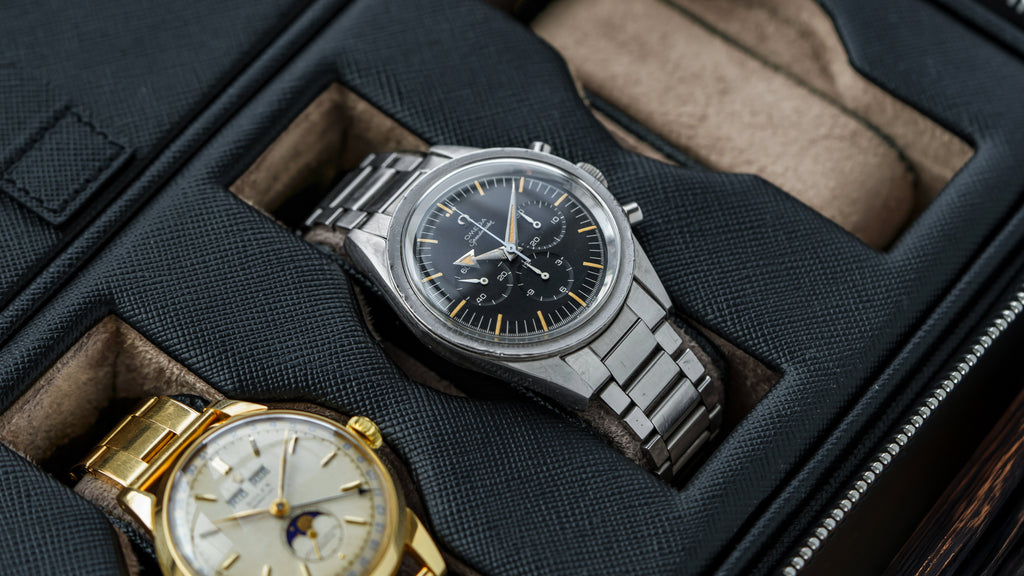
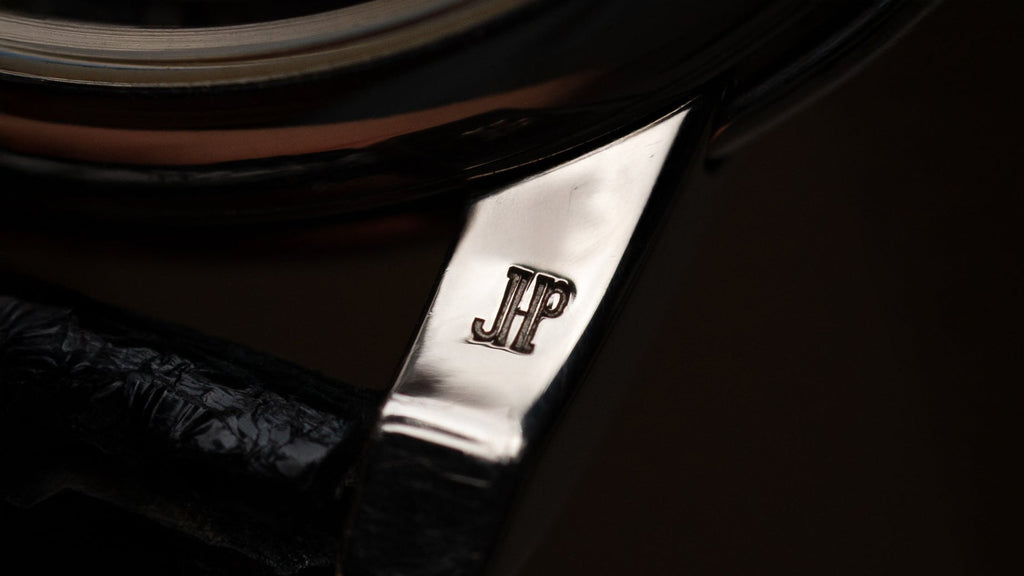

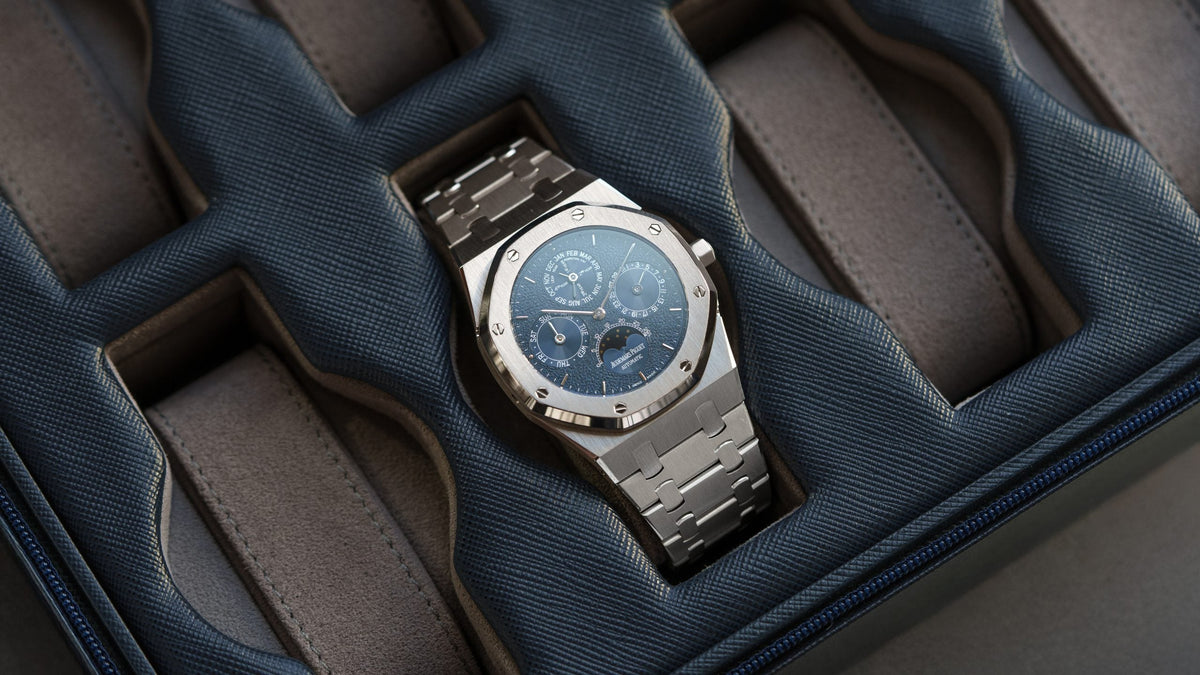
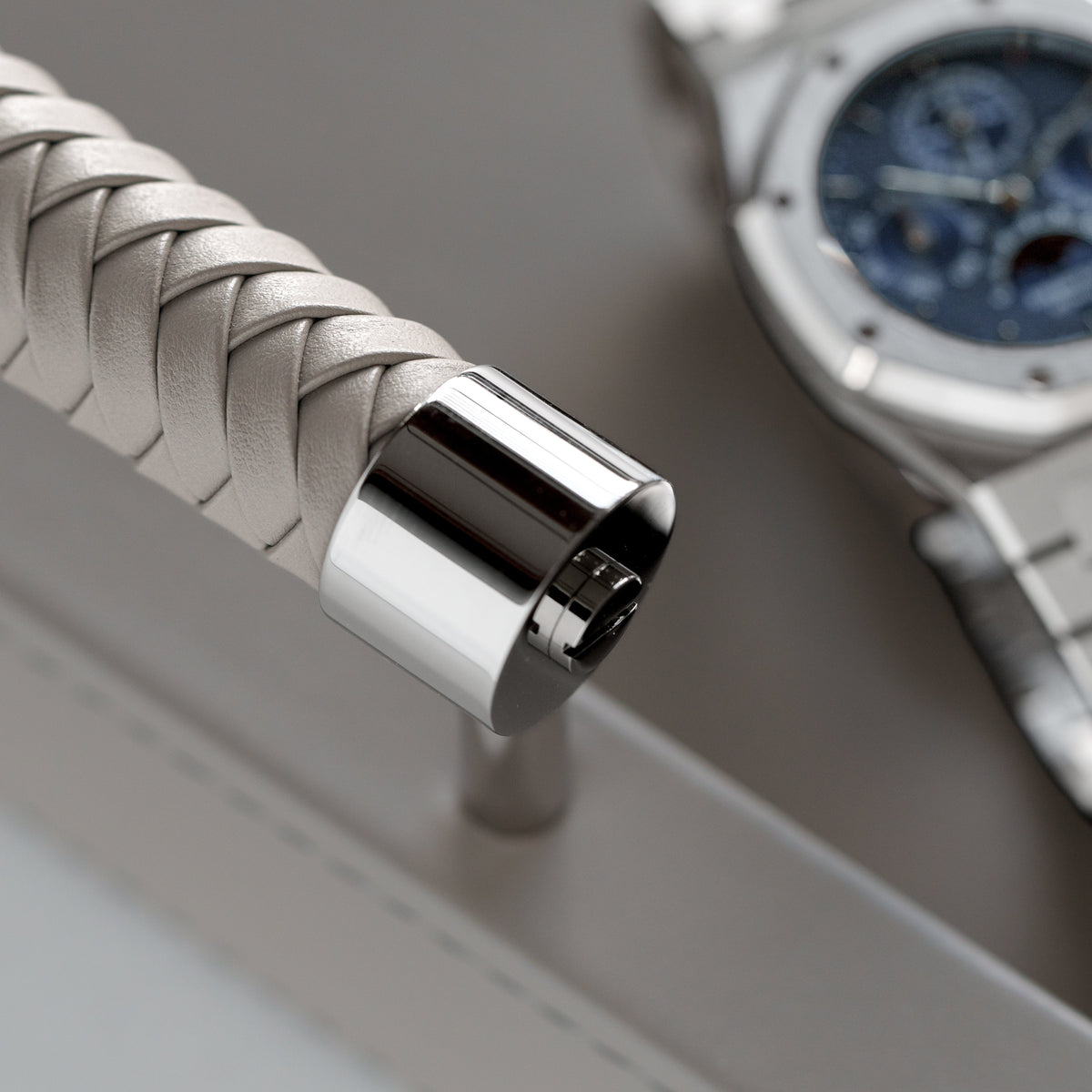

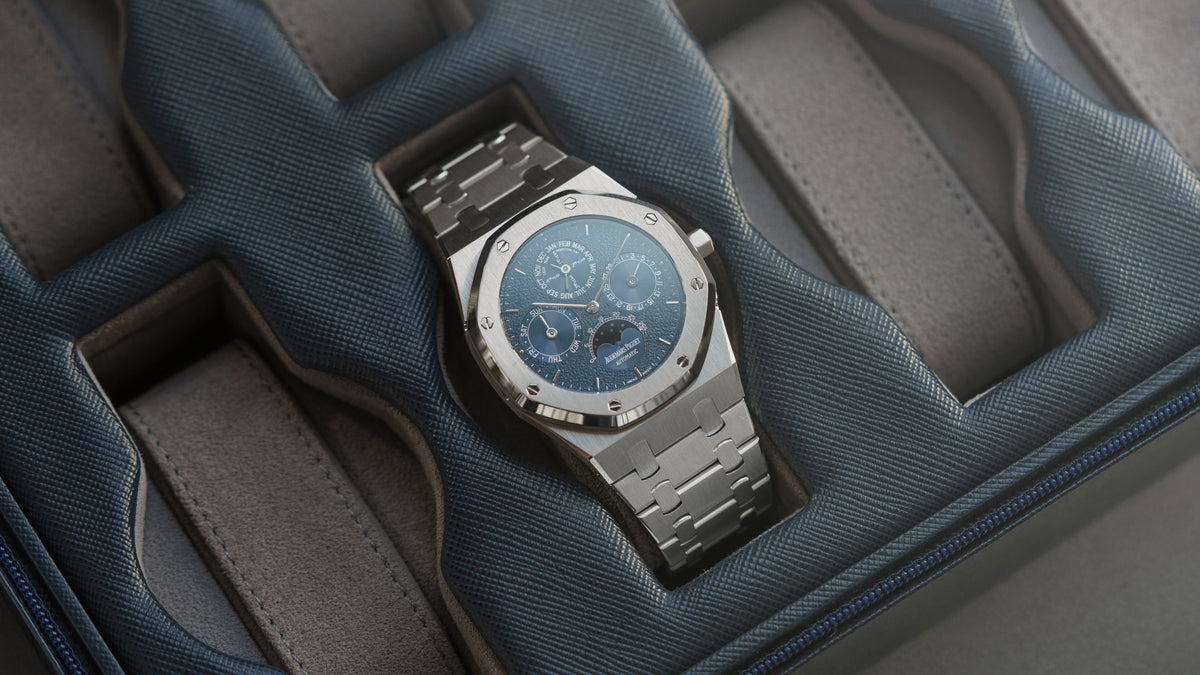


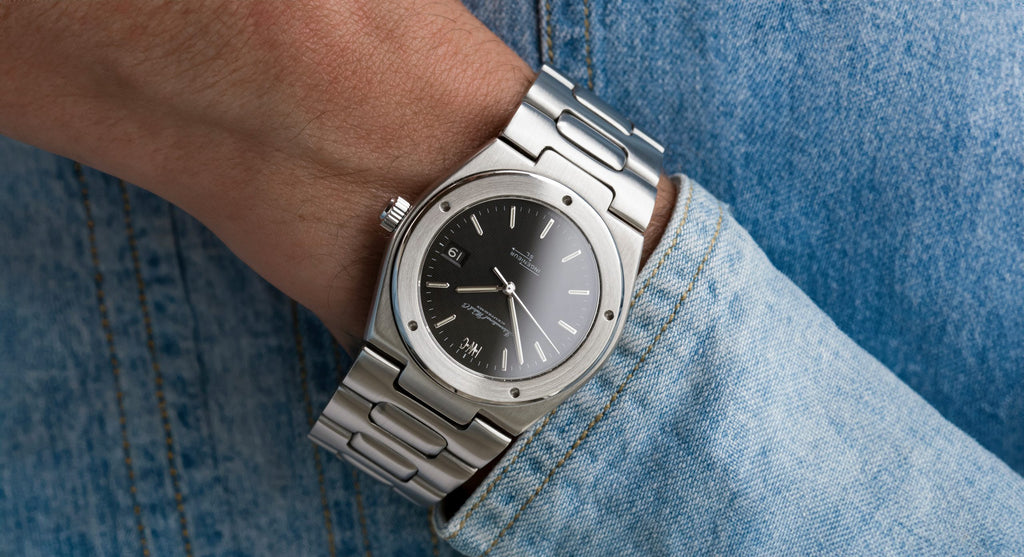
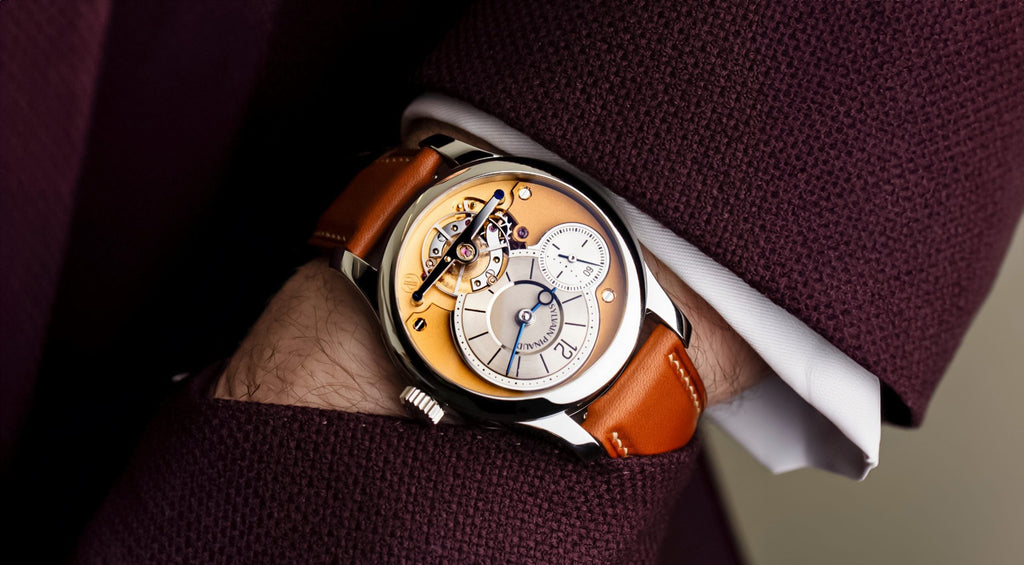
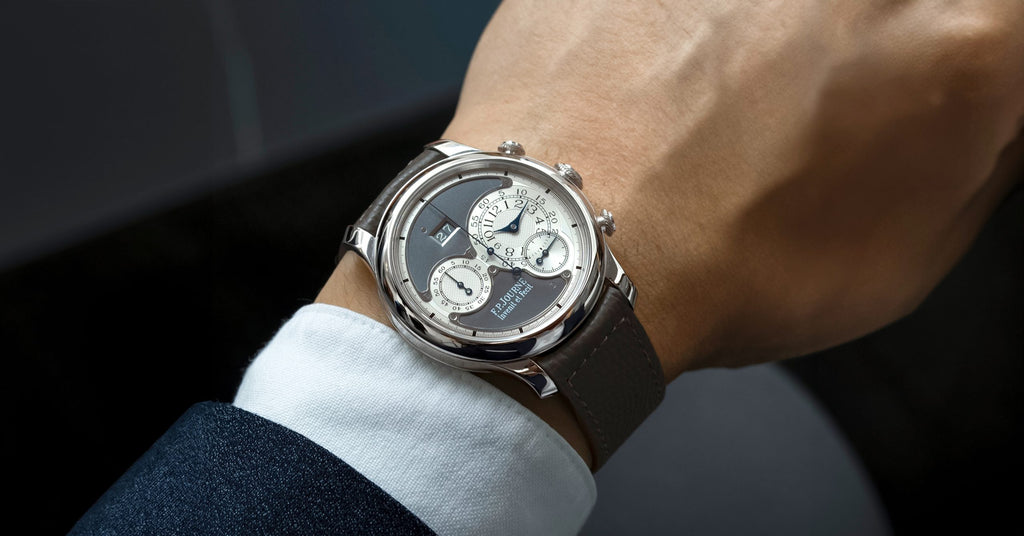
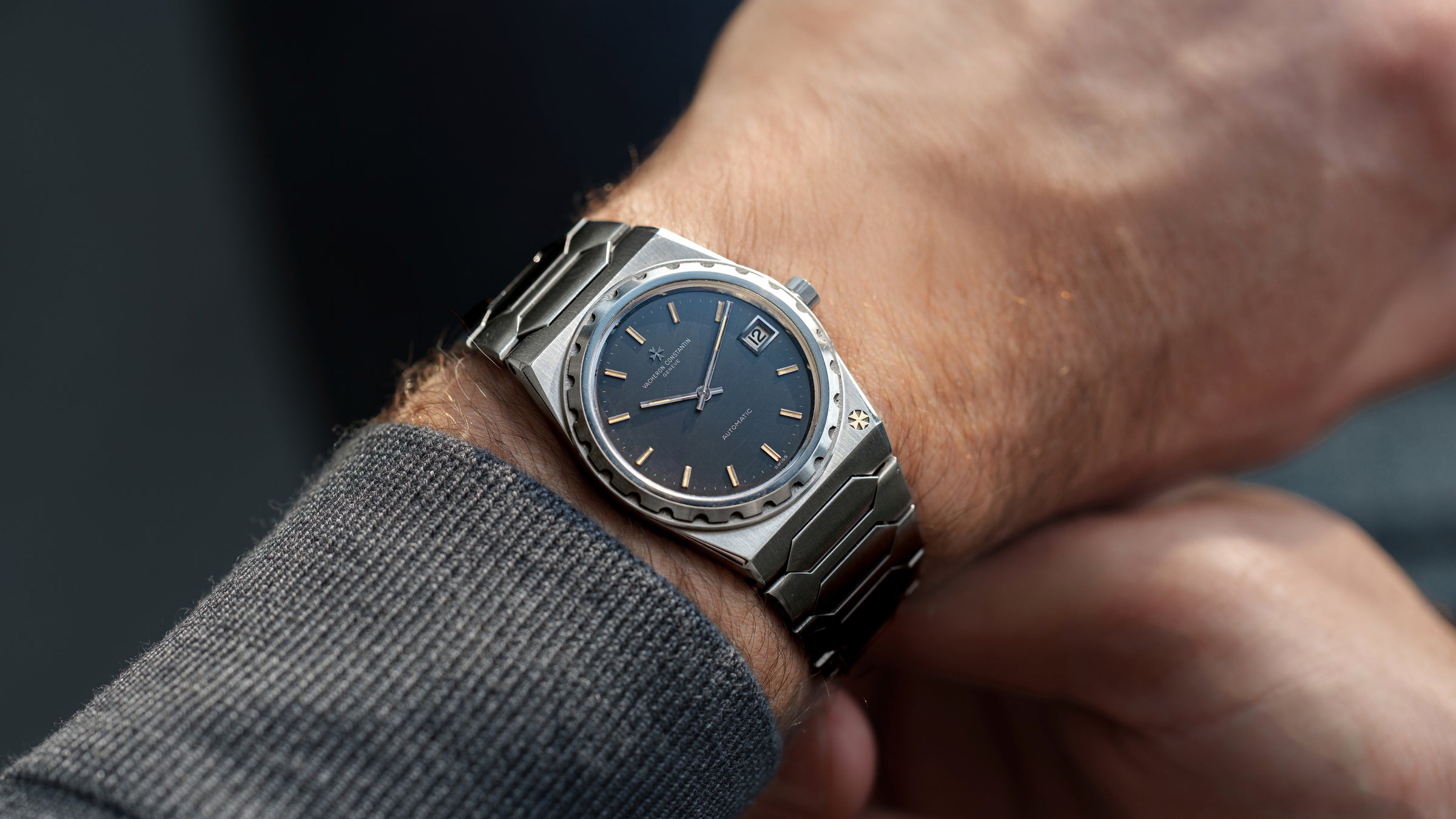
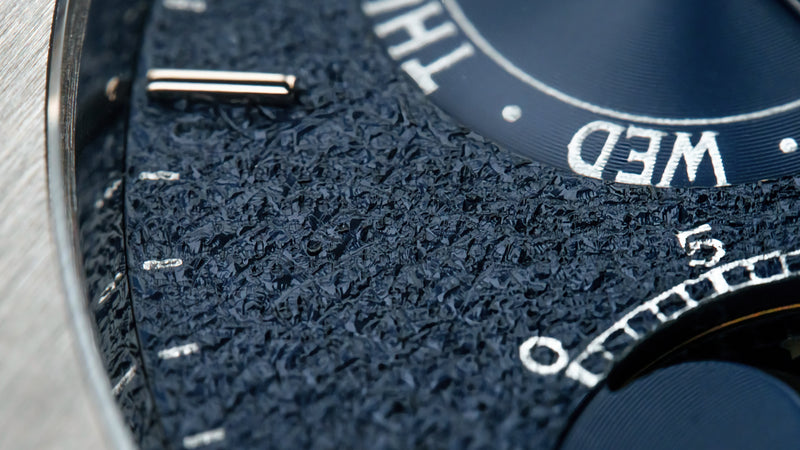

0 comments
Write a Comment